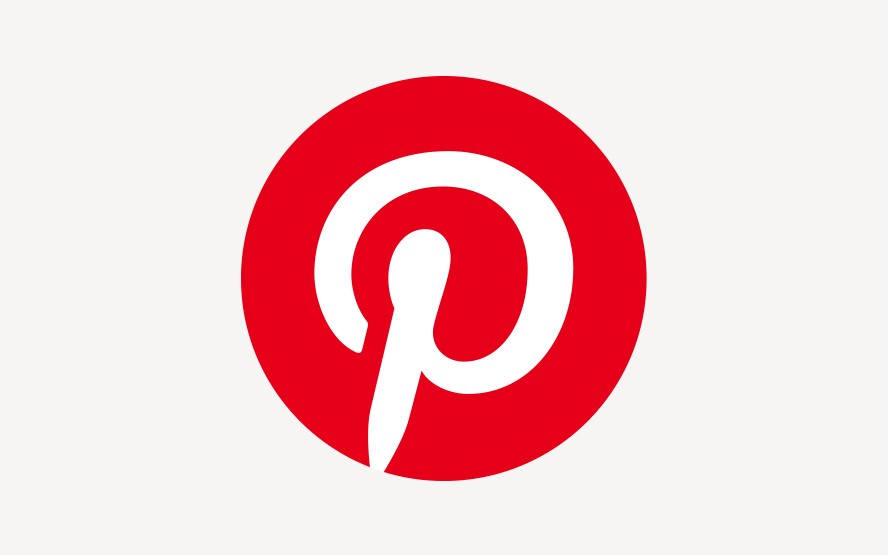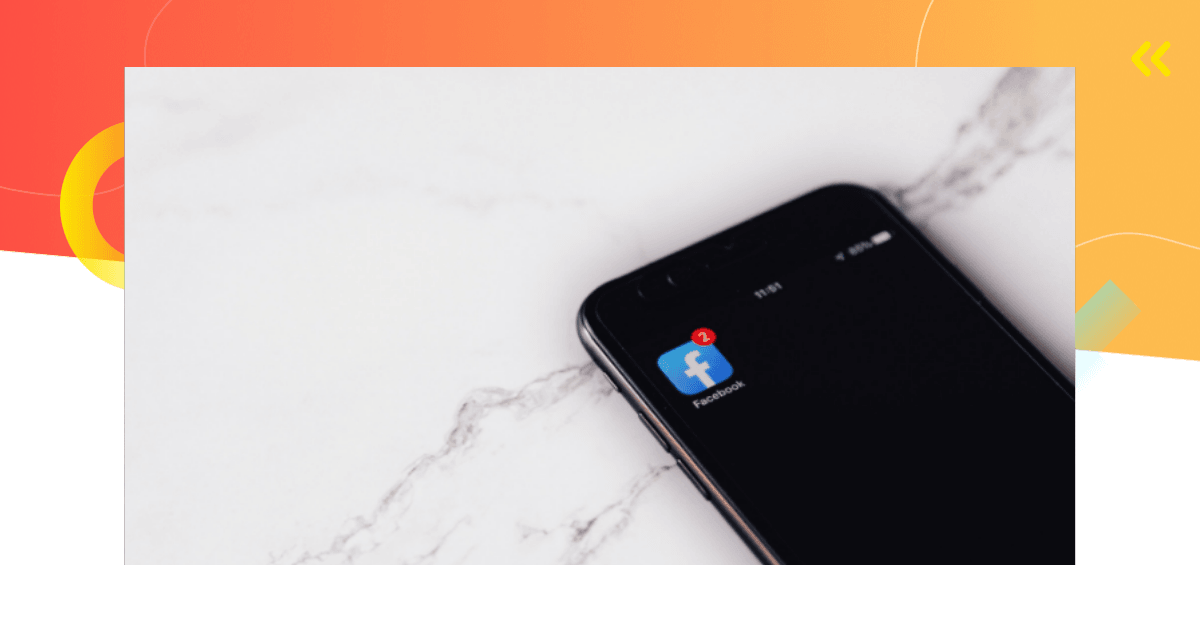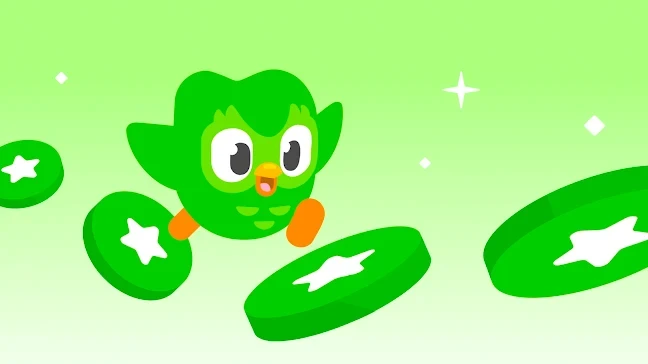Since its launch in 2010, Pinterest has grown from a simple idea board into one of the most influential visual platforms in the world. Today, it’s not only shaping how people find ideas but also how they shop, discover products, and make decisions.
In this article, we’ll break down what makes the Pinterest mobile app so unique, how it works, how it attracts millions of users, and how it transformed inspiration into a global business success.
What Is Pinterest?
Pinterest is a visual discovery app where people find and save ideas through images and videos. It’s often described as a digital mood board, a place to collect inspiration for anything from home decor and fashion to recipes, travel, and art.
Users can browse endless photos, save their favorites as Pins, and organize them into Boards by theme. It’s a mix of creativity, inspiration, and shopping, all built around what users love to explore visually.
How Does Pinterest Work?
Pinterest is simple to use. You scroll through images and videos called Pins, save the ones you like to personalized Boards, and even upload your own.
The app learns from your activity and shows you similar ideas based on what you’ve pinned. Tools like Pinterest Lens let you take a photo of something in real life and find related ideas instantly, like snapping a picture of a chair to see similar designs.
Pinterest also includes Shop the Look, where users can buy products directly from Pins, making it part inspiration tool and part shopping platform.
Apps Like Pinterest
Here are a few apps similar to Pinterest for discovering ideas and visuals:
- Instagram – for lifestyle and aesthetic inspiration
- Houzz – for interior design and architecture
- Behance – for creative portfolios and art projects
- Dribbble – for design inspiration
- We Heart It – for mood boards and visuals
- Etsy – for creative products and handmade crafts
Each offers its own take on creativity and discovery, but Pinterest remains the go-to app for organizing visual inspiration.
Who Created Pinterest?
Pinterest was founded in 2009 by Ben Silbermann, Paul Sciarra, and Evan Sharp.
The idea came from Silbermann’s passion for collecting and organizing things, from insects as a kid to digital images as an adult. That concept evolved into the pinboard-style app we know today.
Who Owns Pinterest?
Pinterest is a public company listed on the New York Stock Exchange (PINS). It’s primarily owned by large institutional investors, while co-founder Ben Silbermann remains one of its biggest individual shareholders.
Since going public in 2019, Pinterest has expanded globally and built a strong presence as both a creative platform and a digital shopping destination.
When Did Pinterest Come Out?
Pinterest officially launched in March 2010 after several months in closed beta. It quickly grew through word of mouth, especially among DIY enthusiasts, artists, and designers.
By 2012, Pinterest became one of the fastest-growing social platforms, known for turning casual inspiration into real-world projects and purchases.
How Much Is Pinterest Worth?
As of 2025, Pinterest is valued at around $21.7 billion USD. Its steady growth comes from its expanding ad business, new e-commerce tools, and visual search technology that bridges creativity with shopping.
Pinterest’s focus on combining aesthetics and commerce has helped it remain one of the most valuable visual platforms on the market.
Pinterest Users (2025)
Pinterest continues to be one of the most popular mobile apps, used by millions of people every day to find ideas, plan projects, and shop for products. Its focus on creativity and personalization keeps users engaged longer than many traditional social apps.
Pinterest Daily Active Users
As of 2025, Pinterest has about 85 million daily active users (AppMagic, 2025). That’s a strong number for a platform that isn’t built around constant messaging or trending content.
Instead, Pinterest thrives on intent-based engagement, people come to the app with a goal, whether it’s planning a wedding, redecorating a home, or finding recipe ideas.
This purposeful use means its audience is highly valuable to advertisers. People on Pinterest aren’t just scrolling, they’re looking to take action.
Pinterest Monthly Active Users
Pinterest has around 311 million monthly active users globally (AppMagic, 2025). The app’s steady growth comes from its expanding features in shopping and video, which have made it more interactive and useful for both creators and brands.
Unlike most social networks that depend on viral trends, Pinterest’s long-term appeal lies in its evergreen content. A pin saved today can continue to drive engagement months or even years later. That lasting value keeps Pinterest’s user base consistent and its ecosystem sustainable.
How Many Downloads Does Pinterest Have?
Pinterest is one of the most downloaded apps in the world, showing just how popular visual inspiration has become.
As of 2025, Pinterest has reached more than 1.5 billion total downloads across iOS and Android (AppMagic, 2025). The app’s appeal spans generations and interests, from home decor enthusiasts to small business owners using it for marketing.
Most downloads come from the United States (15%), followed by India (12%) and Brazil (9%) (AppMagic, 2025). This global mix highlights Pinterest’s universal draw as a tool for creativity, planning, and discovery.
Unlike trend-driven apps, Pinterest’s long-lasting relevance comes from its evergreen content. People return not just for entertainment, but to find inspiration they can act on, whether it’s cooking dinner, redecorating a room, or planning their next vacation.
Pinterest Ads & User Acquisition Strategy
Pinterest has built one of the most effective advertising ecosystems in the social media space, one that blends organic discovery with commercial intent. Unlike platforms focused on entertainment, Pinterest’s users come with a purpose. They’re planning, researching, or ready to buy, which makes them highly valuable to advertisers.
Performance-Driven Advertising
Pinterest runs a powerful self-serve ad platform where businesses can launch Promoted Pins and Shopping Ads directly. In 2024, it introduced Performance+, an AI-based automation tool that helps advertisers optimize campaigns automatically for clicks or conversions. This shift toward automation has made it easier for brands, especially small and mid-sized ones, to advertise efficiently without deep technical expertise.
Pinterest’s ad targeting combines interests, keywords, and demographics, allowing brands to reach users based on what they’re actively searching or saving. It’s intent-driven advertising, meeting users when they’re already looking for inspiration or products.
Organic Growth and Content Strategy
Pinterest continues to grow organically thanks to its content-first approach. Pins are highly searchable and optimized for discovery, meaning a single image can generate engagement for months or even years. This makes Pinterest one of the few social platforms where content has a long shelf life.
Features like Idea Pins (multi-slide, story-style posts) and video Pins help creators engage audiences more deeply, while Pinterest’s algorithm ensures users see fresh, personalized content in their feeds. This balance between creativity and searchability keeps user acquisition strong without relying heavily on paid advertising.
Shopping Integration
Pinterest has evolved into a major e-commerce discovery hub. Shoppable Pins, catalog integrations, and features like Shop the Look allow users to move seamlessly from inspiration to purchase. Partnerships with platforms like Wix and Shopify have made it easier for small businesses to advertise and sell directly through Pinterest, expanding its advertiser base.
Privacy and Partnerships
Pinterest also invests in privacy-safe advertising through partnerships with data companies like LiveRamp.
These allow brands to use first-party data for better targeting without compromising user trust. By maintaining this balance between personalization and privacy, Pinterest has positioned itself as a trustworthy advertising platform in a data-sensitive world.
How Does Pinterest Make Money?
Pinterest makes money mainly through advertising and e-commerce integrations that connect inspiration with purchase.
Its entire business model is built around the idea that people come to the app with intent, they’re not just scrolling; they’re planning, saving, and often buying.
Advertising and Promoted Pins
Advertising is Pinterest’s biggest revenue source, accounting for roughly 80% of its total income. The app sells Promoted Pins, ads that look just like regular Pins, which appear in users’ feeds and search results.
Brands pay per click or impression, and because users are already searching for ideas, these ads perform far better than typical social media placements.
Pinterest’s ad platform is designed for performance. Its Performance+ automation tool, launched in 2024, uses AI to automatically optimize campaigns for better ROI.
This allows advertisers, from small creators to global brands, to run effective campaigns without needing complex manual setup.
Shopping and E-Commerce Integration
Pinterest is also becoming a shopping platform, not just a discovery tool. Users can now browse Shoppable Pins, explore Shop the Look collections, and even buy products directly within the app.
Partnerships with Shopify and Wix make it easy for merchants to upload catalogs and advertise seamlessly.
This shift from “inspiring ideas” to “enabling purchases” has turned Pinterest into a bridge between creativity and commerce. When users pin home decor, fashion, or recipe ideas, they’re often just a click away from making a purchase.
Performance Tools and AI Personalization
Pinterest relies heavily on machine learning to personalize what users see. The algorithm learns from saved Pins, search history, and browsing habits to show relevant ads and content. The result is a feed that feels curated, and far less intrusive than traditional social media ads.
This subtle ad experience keeps users engaged while giving advertisers high conversion potential. It’s one of the key reasons Pinterest has become such an effective platform for performance marketing.
Expanding Beyond the U.S.
While the United States still accounts for most of Pinterest’s revenue, international markets are growing quickly. In 2025, the company reported double-digit revenue growth across Europe and Latin America, fueled by new ad tools and AI-driven optimization.
Pinterest’s partnerships with Amazon and Google have also expanded its ad reach, allowing brands to connect with users beyond the app itself.
Final Thoughts
Pinterest stands out because it combines creativity, intent, and commerce in a way no other platform does. While others chase viral trends, Pinterest focuses on long-term value, helping users find ideas that actually lead to real-world action.
Its ability to connect inspiration directly to purchase decisions has made it one of the most influential discovery platforms of the last decade. Whether you’re a casual user saving recipes or a brand running performance campaigns, Pinterest continues to prove that purpose-driven engagement is the most sustainable form of growth.
With new AI tools, shoppable experiences, and steady user growth worldwide, Pinterest’s future looks strong, and it’s well-positioned to remain the go-to platform for visual discovery in 2025 and beyond.
Data Source
- AppMagic, 2025. App Data







Comments